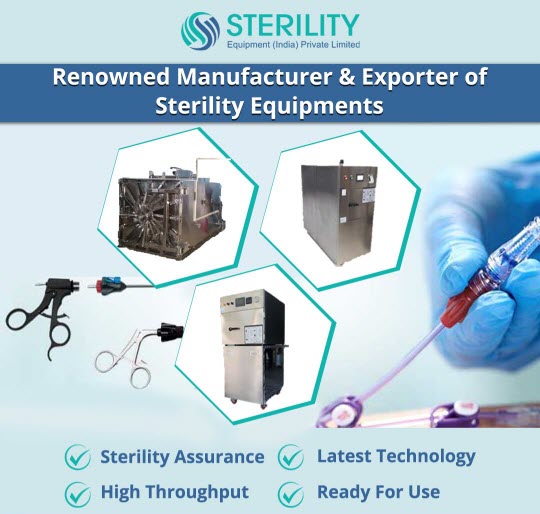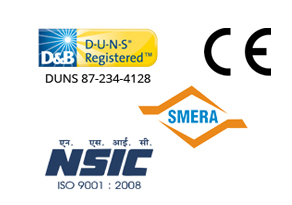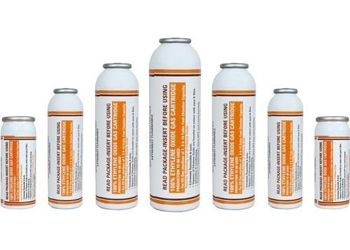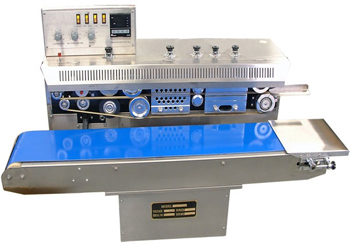Ethylene Oxide (ETO) is a widely used sterilizing agent in healthcare and medical manufacturing. As a low-temperature sterilization method, eo sterilization is particularly effective for heat- and moisture-sensitive medical devices. Despite its utility, the ETO sterilization procedure carries significant ethical and legal implications – especially in the diverse and evolving regulatory landscape of South America.
From Buenos Aires to Bogotá, the deployment of ETO Sterilizers raises questions about occupational safety, environmental impact and regulatory compliance. At the same time, the growing ETO industry faces scrutiny regarding transparency, informed consent and the long-term effects of exposure to ethylene oxide gas. This article delves into the challenges faced by South American nations in balancing the necessity of ETO for sterilization with ethical obligations and legal mandates.
Legal Frameworks Governing ETO Sterilization in South America
Legal approaches to EO sterilization vary across South American countries, with some adopting robust national frameworks and others aligning more closely with international standards such as ISO and WHO guidelines.
Argentina
In Buenos Aires and other major regions, sterilization facilities must comply with guidelines. These include strict controls on EO emissions, storage, operator exposure and validated sterilization cycles. ETO use must be declared and are required to conduct routine audits and submit compliance reports.
Brazil
In São Paulo, Brazil’s largest healthcare hub, the National Health Surveillance Agency regulates sterilization practices. The law mandates:
- Registration of ETO sterilization machines
- Certification of sterilizer operators
- Environmental monitoring of EO levels
- Post-sterilization aeration standards to prevent residual gas risks
Non-compliance can lead to penalties, suspension of licenses and legal action.

Chile & Colombia
Both countries follow hybrid models, combining local health ministry regulations with WHO and American Health Organization recommendations. In Santiago and Bogotá, institutions using sterilization machines must maintain full traceability of the sterilization process, including cycle validation, operator logs and exposure records.
Ethical Implications of ETO Sterilization
Occupational Health and Worker Safety
One of the most pressing ethical concerns relates to the exposure of healthcare workers and technicians to ethylene oxide gas. While ETO sterilizers are designed with safety features like leak detection and secure chamber locks, improper maintenance or lack of training can lead to harmful exposures.
Ethical concerns:
- Do workers receive adequate training on the ETO sterilizer process?
- Are facilities investing in engineering controls to minimize exposure?
- Is health surveillance being provided for long-term operators?
Failure to protect staff from EO exposure violates basic principles of occupational ethics and may expose facilities to legal liability.
Informed Consent and Transparency
In some settings, patients may unknowingly receive care using instruments sterilized with EO, raising questions about informed consent. While the sterilization method doesn’t usually need to be disclosed, ethical transparency demands that hospitals provide clarity when requested – especially when alternative sterilization methods exist.
In cases where residual EO sterilisation may remain due to inadequate aeration, facilities must ensure proper post-sterilization handling or disclose the risk to healthcare providers.
Client Speaks
“I have purchased the eto machine. Very good service”
Environmental Impact and Legal Requirements
Ethylene oxide is classified as a carcinogen and contributes to air and soil contamination if not properly contained. Across South America, air quality standards and waste disposal laws are being updated to address the risks associated with EO.
Legal requirements often include:
- Installation of scrubbers and ventilation systems
- Routine emissions testing and documentation
- Safe disposal of EO-contaminated materials
In cities like Medellín and Curitiba, failure to comply with these environmental norms can result in facility shutdowns, regulatory sanctions or legal claims filed by affected communities.
The Role of Technology in Mitigating Risks
Advanced ETO sterilization machines incorporate features that enhance safety and compliance:
- Real-time gas monitoring to detect leaks
- Automated shutoff mechanisms to halt sterilization during anomalies
- Digital traceability systems to log sterilization parameters and user actions
Hospitals in Santiago and Lima are investing in such smart sterilizers as part of broader digitization and risk management strategies.
Testimonial
“I have purchased the eto machine. Very good service”
Accountability and Ethical Oversight
Medical institutions across South America are increasingly expected to demonstrate ethical responsibility in all areas, including sterilization. This includes:
- Auditable sterilization protocols
- Patient and staff communication strategies
Ethics committees in major hospitals, such as those in Buenos Aires and Rio de Janeiro, now often oversee procurement of eto sterilization machines and review associated safety data during medical equipment audits.
Recommendations for Ethical and Legal Compliance
To align with both legal obligations and ethical responsibilities, institutions employing EO sterilization should:
- Implement full transparency in sterilization documentation and patient safety records.
- Invest in training programs for all operators handling ETO sterilization procedures.
- Adopt modern eto sterilization machines that comply with international safety standards.
- Engage in environmental responsibility, including EO waste containment and emissions management.
- Incorporate ethical reviews into sterilization-related procurement and operational decisions.
Conclusion
The use of ETO sterilization procedures in South America is indispensable in many medical and pharmaceutical applications. However, this utility must be balanced with careful attention to ethical and legal considerations. From proper worker protection and transparent protocols to environmental responsibility and regulatory compliance, healthcare and industrial facilities must engage with ETO not just as a tool – but as a responsibility.
Cities such as São Paulo, Buenos Aires, Bogotá and Santiago are leading this transformation by investing in advanced sterilization machines, updating legal frameworks and embedding ethical oversight into clinical and operational practices. As the ETO industry continues to grow in the region, maintaining this balance will be essential to uphold public trust, safety and regulatory alignment.







